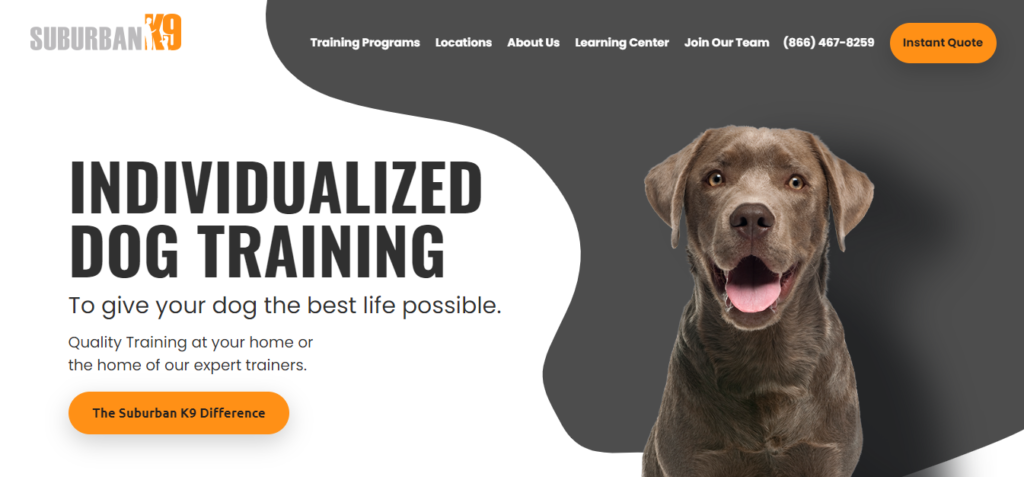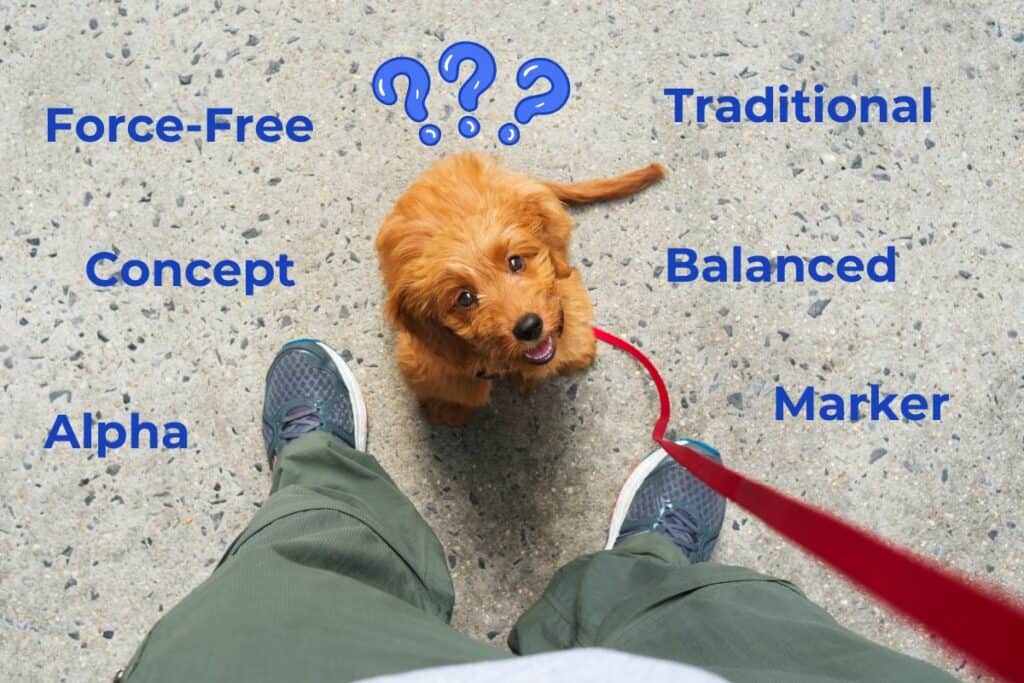The 4-Minute Rule for Spring Canine
Table of ContentsThe Basic Principles Of Spring Canine Spring Canine - QuestionsThe smart Trick of Spring Canine That Nobody is DiscussingRumored Buzz on Spring CanineFacts About Spring Canine RevealedHow Spring Canine can Save You Time, Stress, and Money.
In science-based training, in-depth understanding of dogs, their nature, behavior, timeless conditioning, punishers, reinforcers, every little thing related to it comes into account. Science-based pet training is continuously being boosted from the end results of examinations by pet behaviourists to try to absolutely understand canines. Science-based pet dog training or it can be taken into consideration as modern techniques also.The canines discover by the results of their practices, whatever those effects might be. In this technique, all instructors adhere to the legislation of scientific research. The difference between the traditional and modern-day is that the standard trainers are typically unaware of the regulation of the science that underpins the results they are getting.

Something went incorrect. Wait a minute and attempt again. Attempt once more.
Spring Canine Things To Know Before You Get This
We use cookies on our web site to give you the very best experience by remembering your choices and repeat brows through. By clicking "Accept", you grant making use of ALL the cookies. Do not offer my personal details.
Many individuals like their fuzzy buddies. Nonetheless, not every moment is enjoyable when your dog isn't educated to behave in specific methods or avoid undesirable behaviors. There are many methods passed on from unidentified resources that inform you the very best methods to get your canine not to do something. Yet what is the ideal technique, and just how do you make use of these methods? Discover one of the most usual techniques for just how to train your pet, along with what techniques not to utilize.
The first is the aversive-based method. The second is the reward-based approach. Aversive-based (discipline) training is when you use positive punishment and negative reinforcement strategies with your canine. Reward-based methods use benefits only for the actions that you want your pet to follow. Aversive-based training uses techniques like loud, undesirable sounds, physical improvements, and extreme abuses to get your pet dog to act the means you want.
Our Spring Canine Ideas
Deals with, belly massages, or various other dog-pleasing actions are utilized to reinforce that a behavior was good. Some people believe that a rewards-based technique sets up an "occasion series" for your dog where they link you with satisfied feelings when they do what they're informed.
That fear means that your dog does what they are informed to stay clear of unpleasant sensations. Pet dogs find out a whole lot like youngsters. They are enclose intelligence to human two-year-olds. Immediate consequences are all that they respect. As they expand, they start to understand our words. Some smart types will certainly reply to as lots of as 250! Every pet reacts to the tone of our voice even more than the actual words.
Adaptive discovering is how well your pet finds out from their environments and the environment around them to fix problems. Functioning and obedience are how well they discover the tasks and commands that you educate them. To get your dog to be obedient, you should concentrate on training that uses obedience techniques and the details behaviors you desire from them.
If you're educating your pet dog to be a caring pet, you should consider reward-based obedience training. This technique doesn't create fear-based responses in your dog. It in fact reinforces your loving connection with them. Canines are wise sufficient to learn the actions that you want them to have. They are also clever enough to learn what they can escape.
A Biased View of Spring Canine

When your dog executes the habits, they check my reference must get their incentive. When you are utilizing reward-based training, your pet requires to understand that there are effects for acting in a method you don't such as.
For example, a pet dog that likes to jump as much as greet their humans when they enter into the residence can be hazardous for a kid or an older grownup. To educate them not to raise at you, do not greet them or provide focus if they raise.
Spring Canine Can Be Fun For Anyone
Maintain a treat in your hand while you do this. When the pet dog does not jump, provide the reward, and repeat the job up until your pet doesn't lift when you are available in. You must attempt this with all of the people that your pet obtains delighted to see when they come into your home.
When you're showing your pet dog something brand-new, keep in mind that they have the focus period and knowledge of a two-year-old. Your training sessions need to be brief and to the point. Restriction them to 15 mins. Focus on one job or actions to make sure that they do not come to be baffled. Make sure that you're making use of the very same commands for the behaviors that you desire.
If you desire to educate your dog to rest, you will perplex them if you state "Relax" one session and after that claim "Fido, rest or no treat" later in the day. They could not recognize what to do. The American Kennel Club recognizes five standard commands that every canine must recognize.
Regional animal associations can likewise assist you with behavior issues or with fundamentals. The AKC has over 5,000 clubs around the nation.
How Spring Canine can Save You Time, Stress, and Money.
